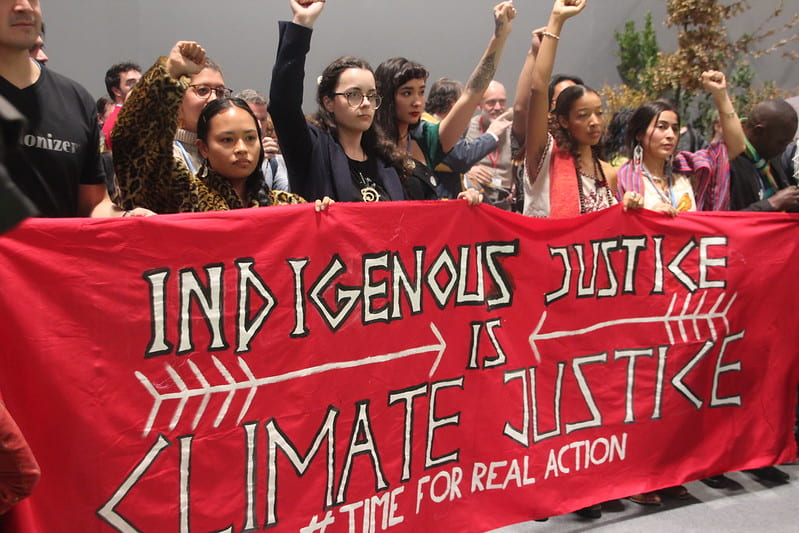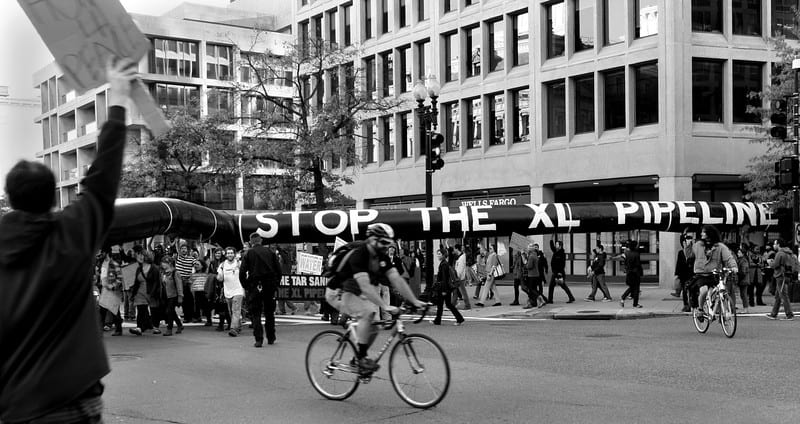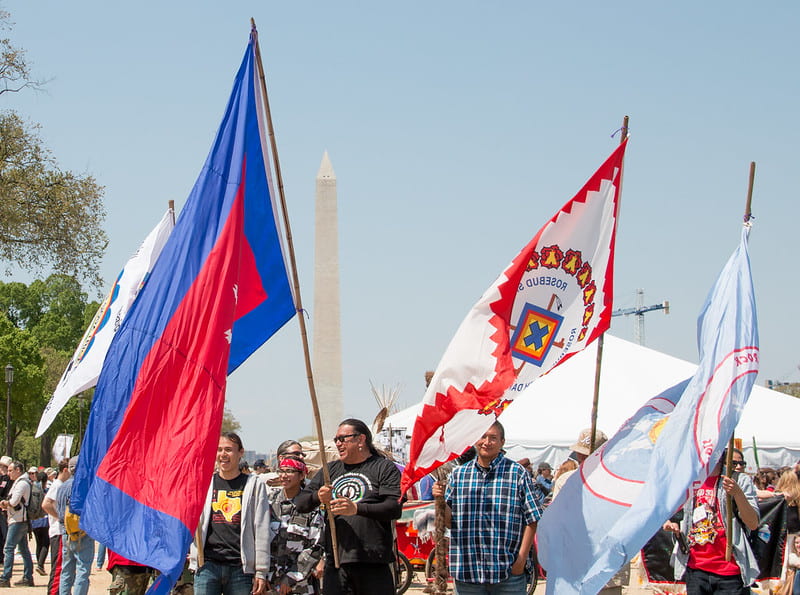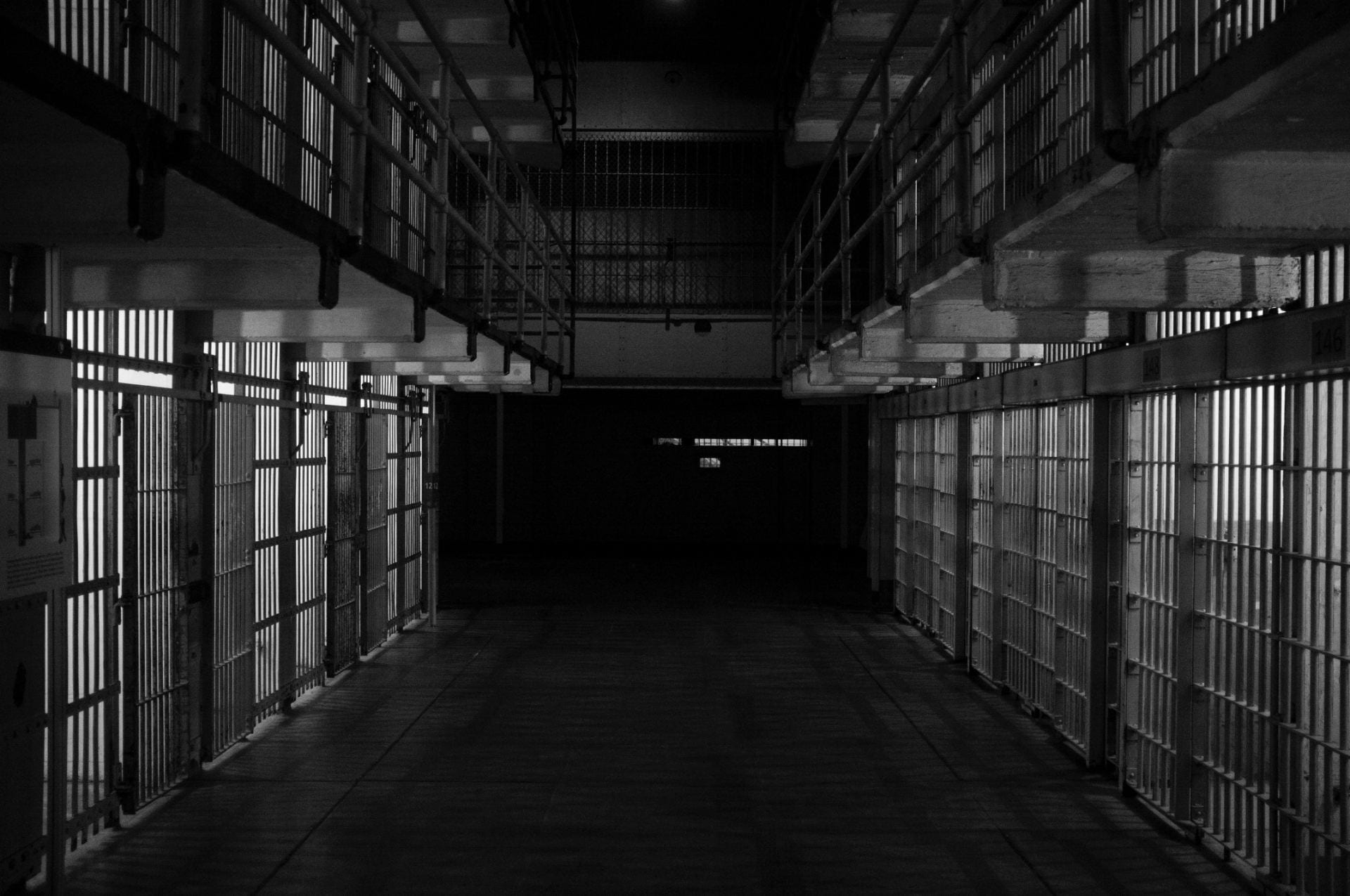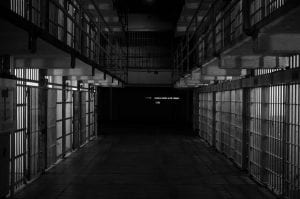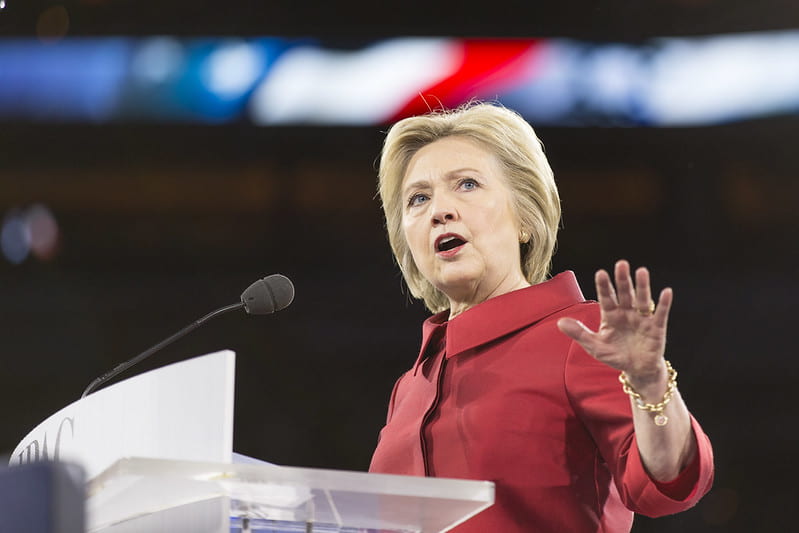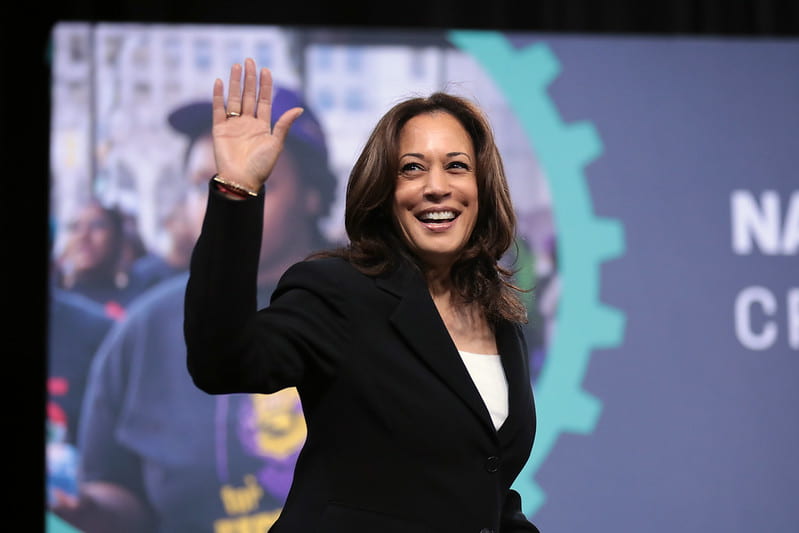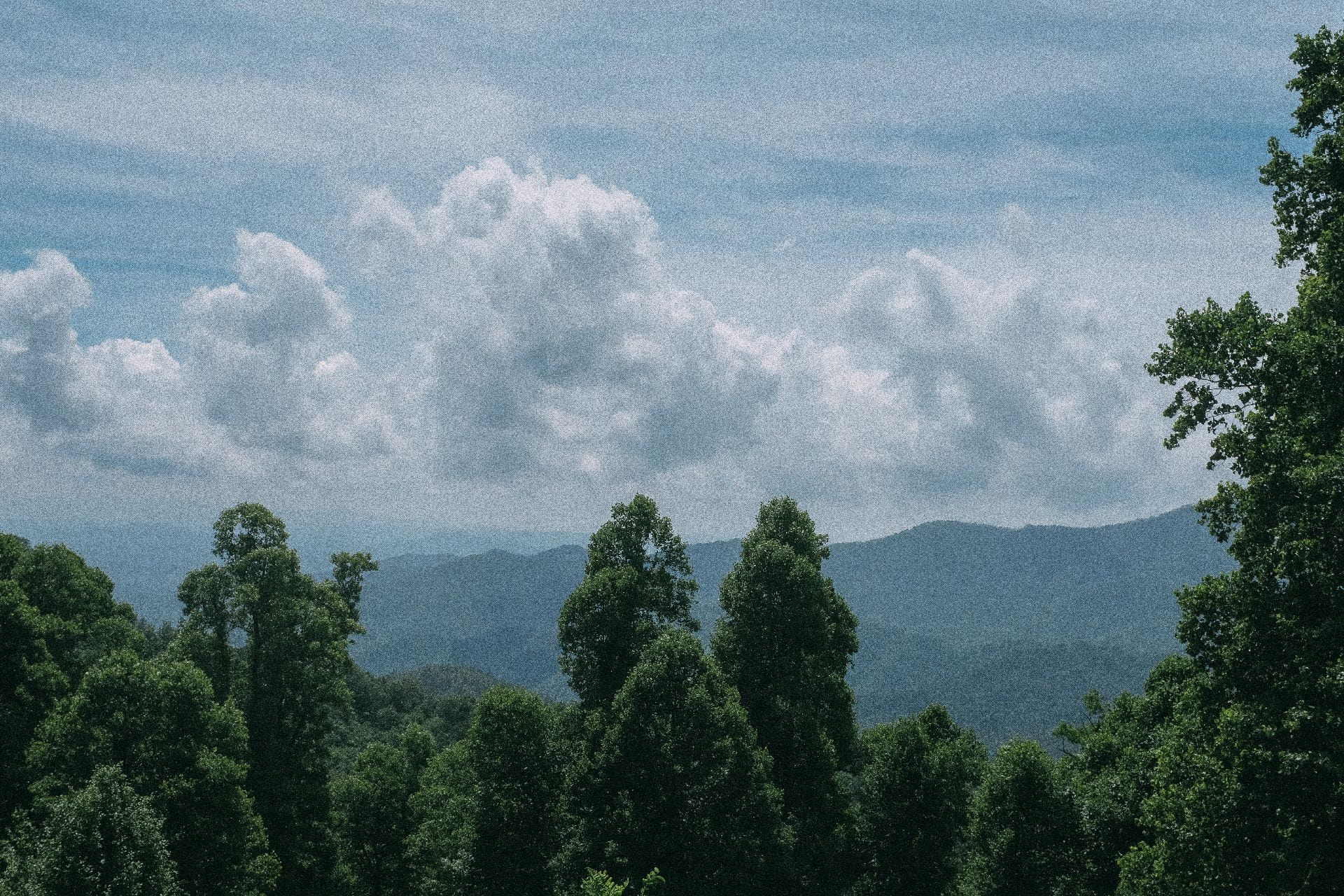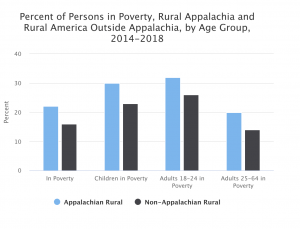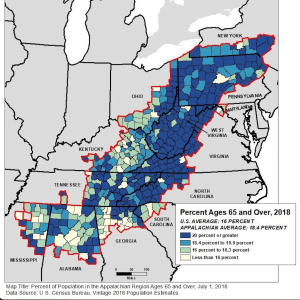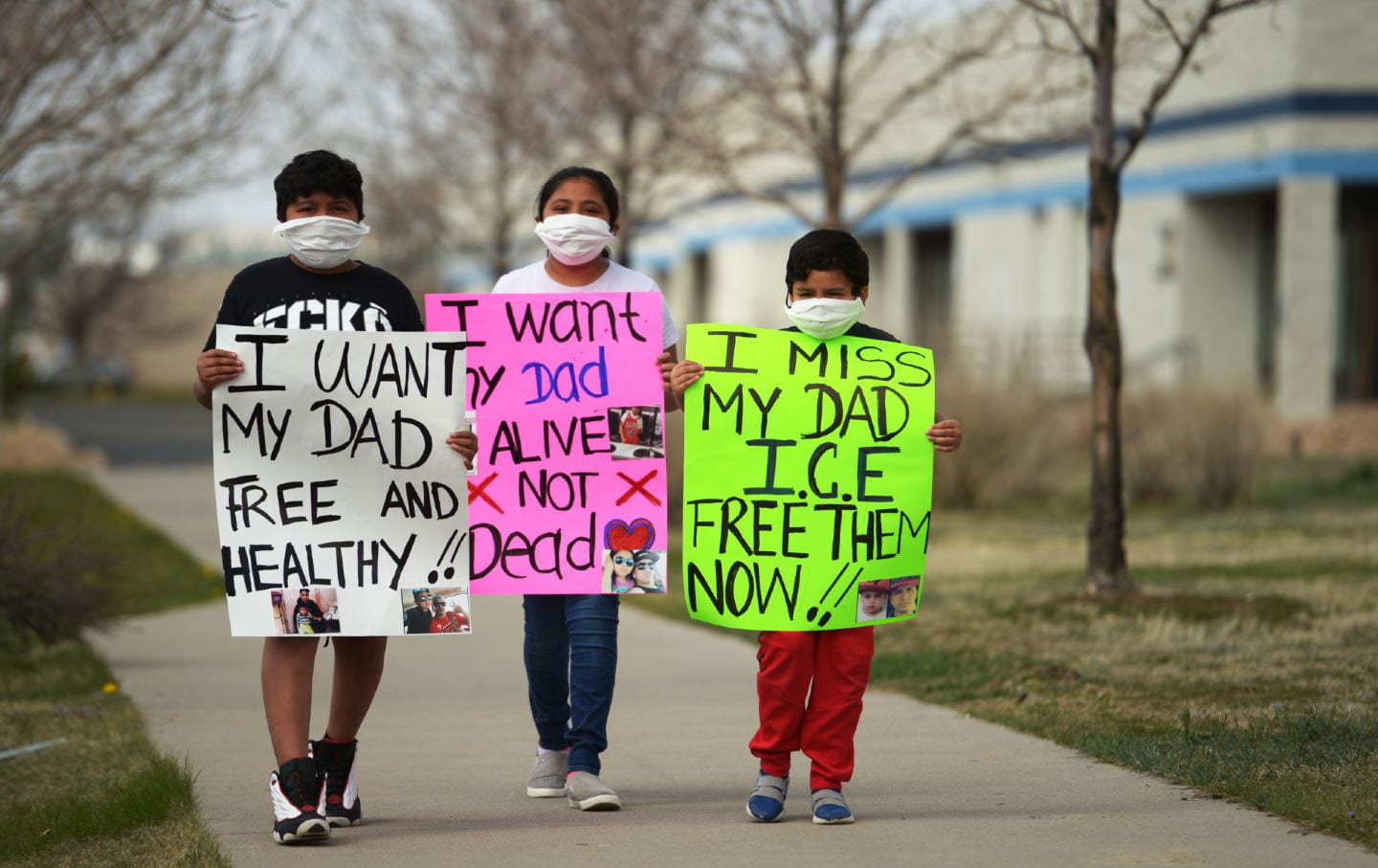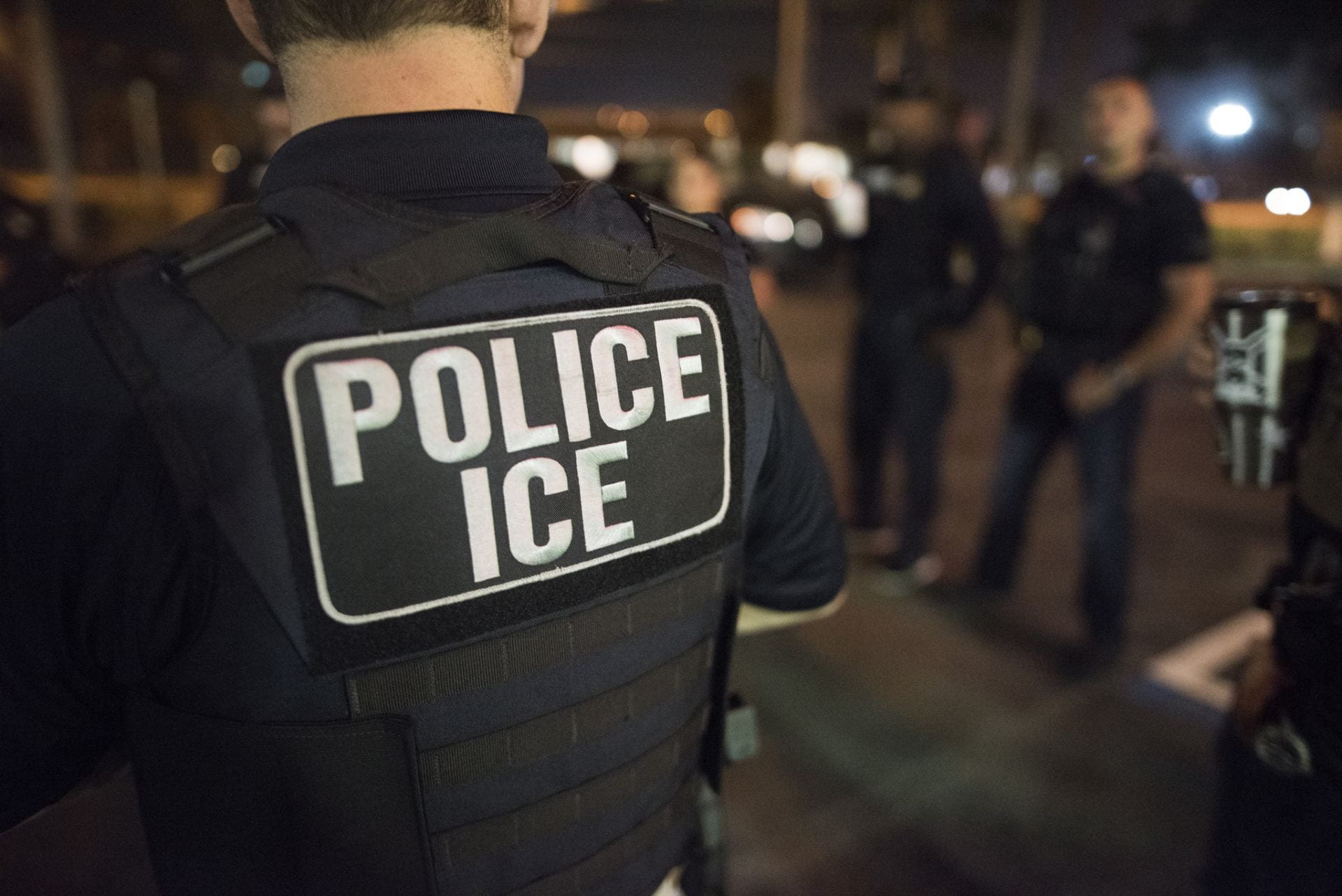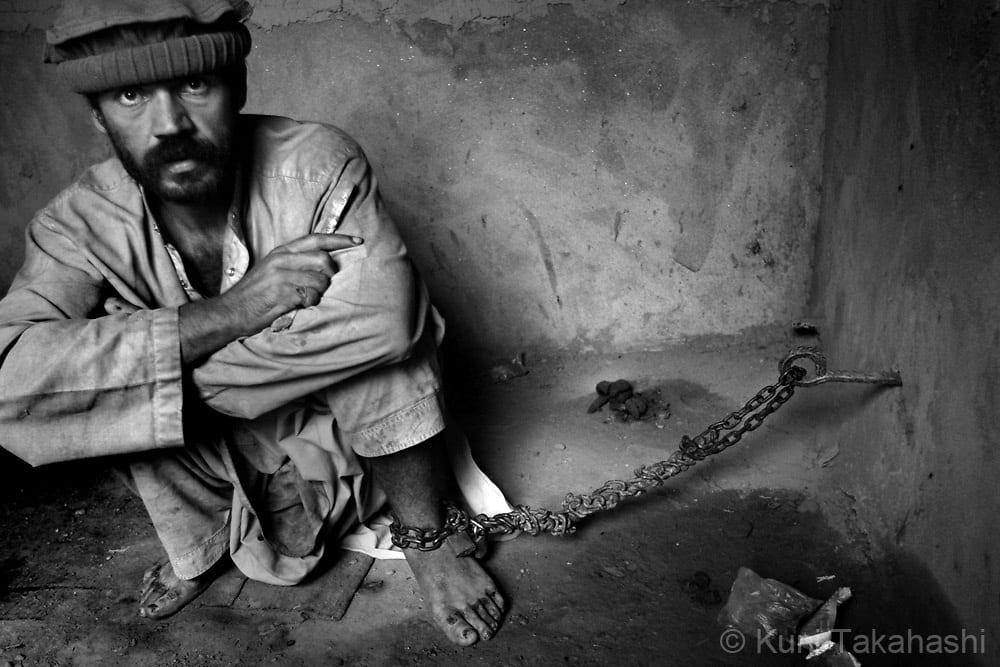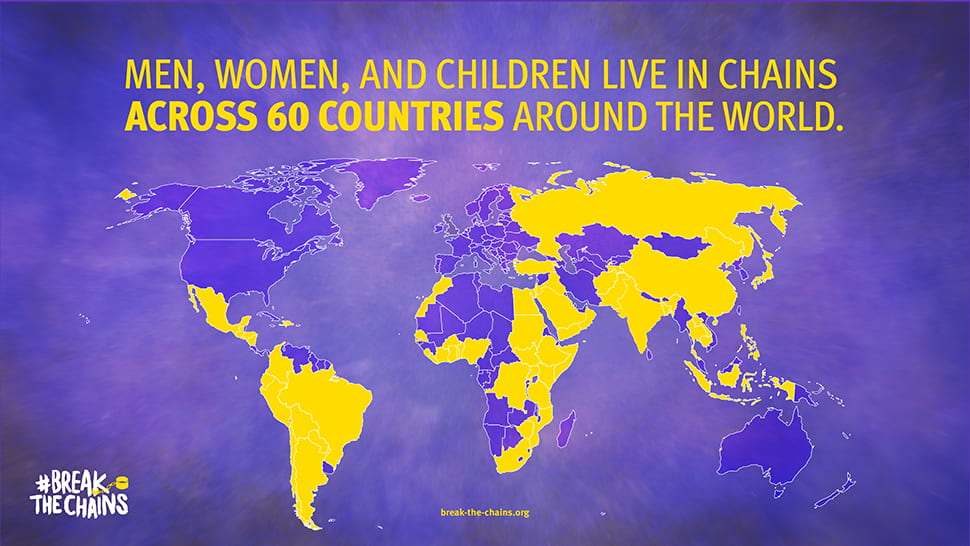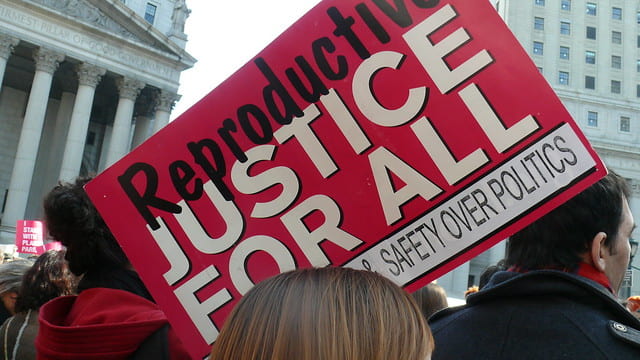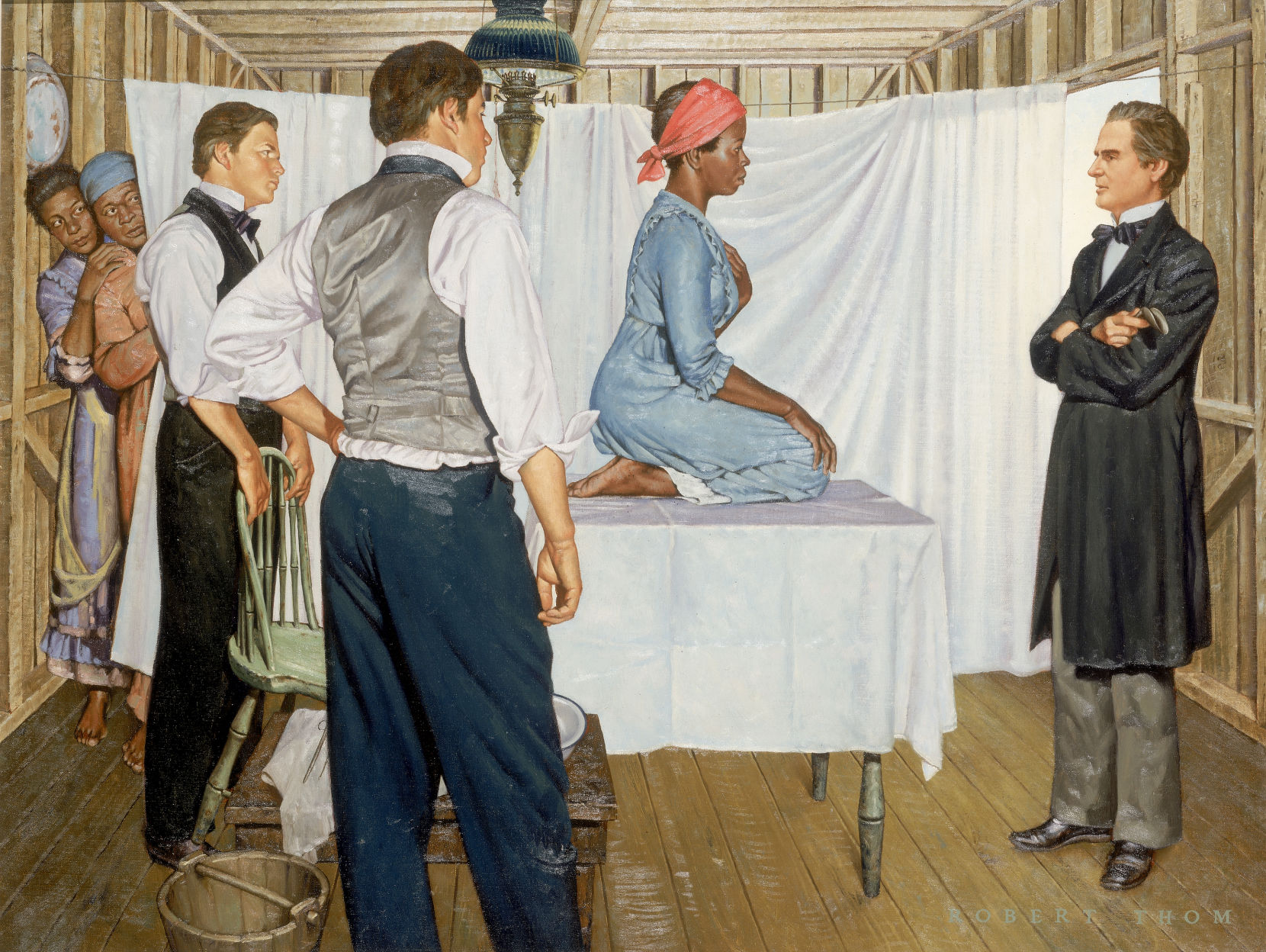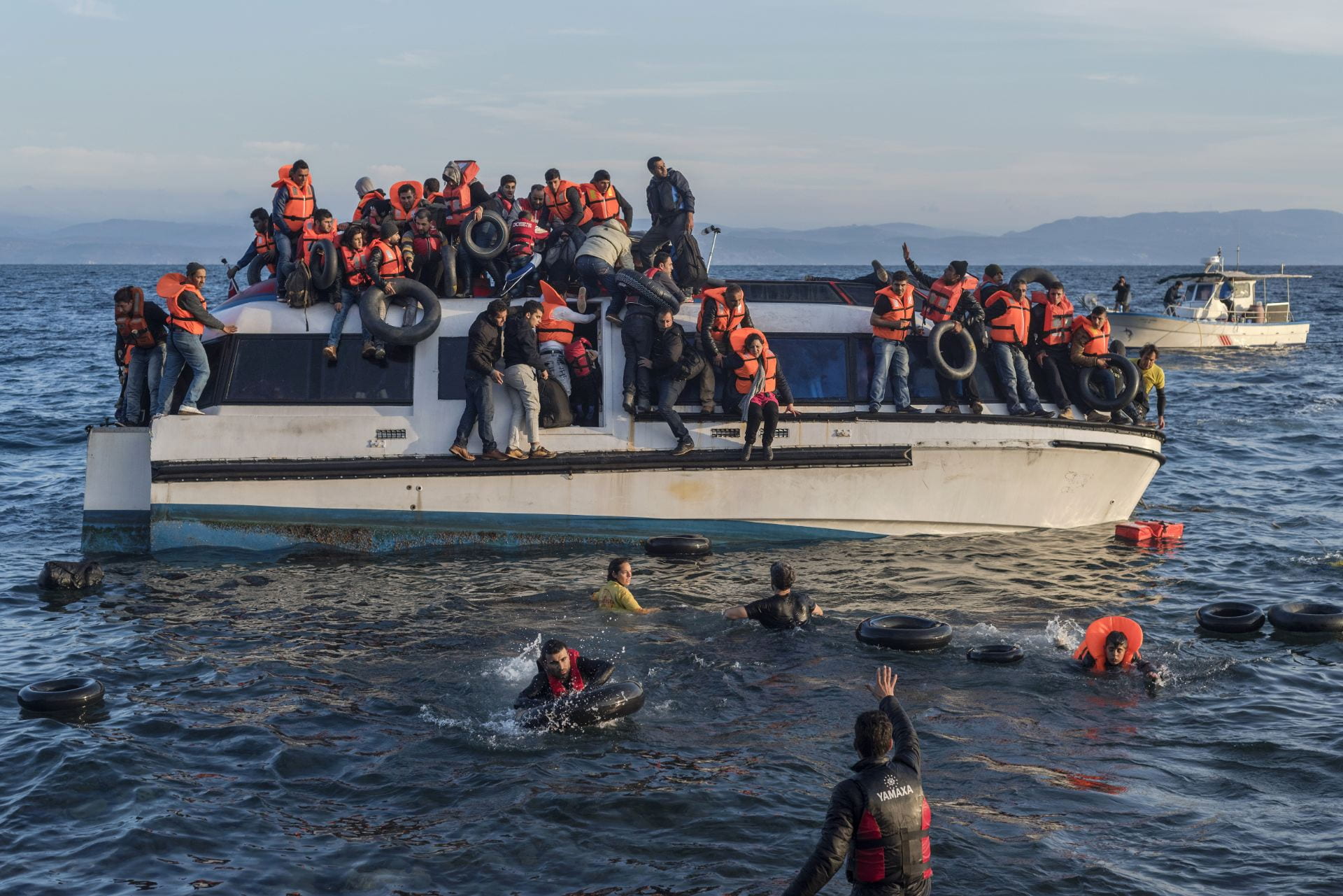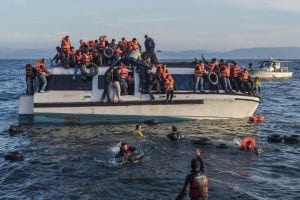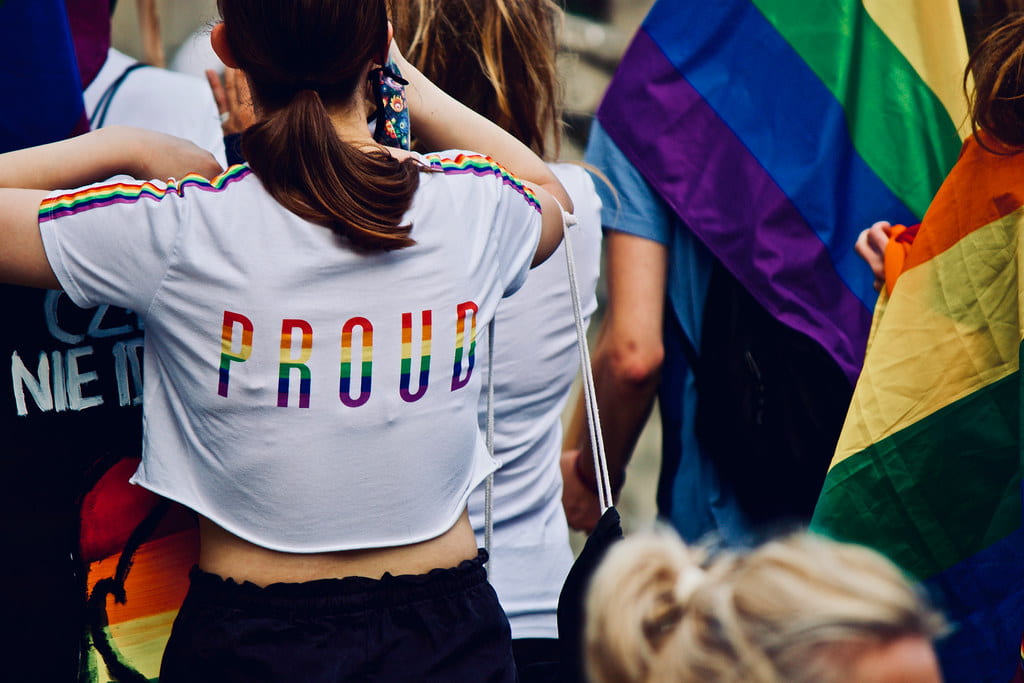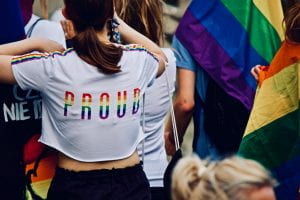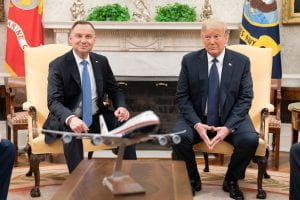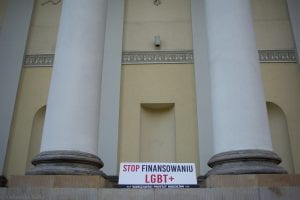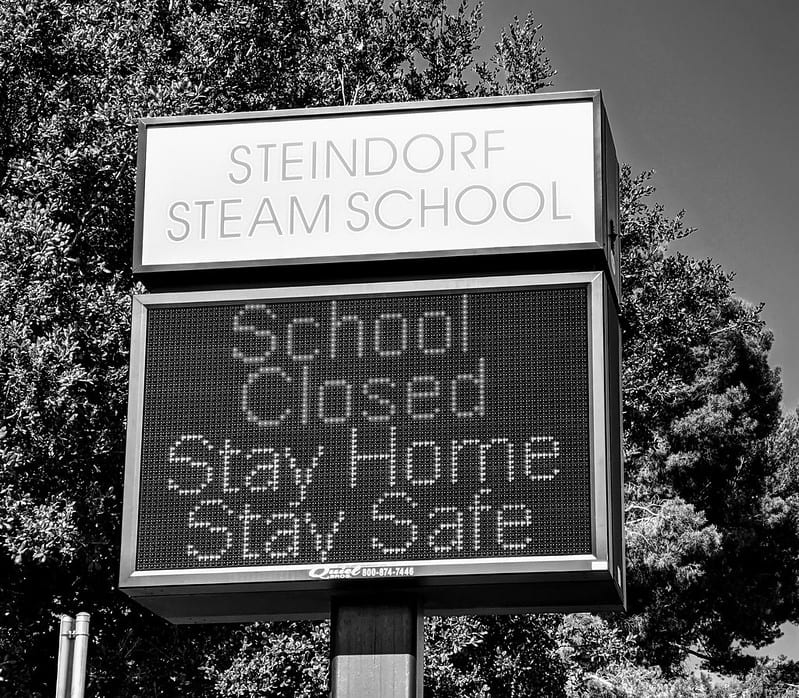
When the pandemic began in the United States almost a year ago, I was working two jobs. As COVID-19 spread swiftly and mercilessly through my community, I found myself unable to continue working at either of those positions. However, as the summer months progressed, a new job market presented itself to me: parents with kids who could not return to in person schooling. Since the school year started, I have worked as a nanny/teacher for a family with two children in elementary school and two parents who work full time. The first semester of school in a time of COVID has come and gone, revealing the many challenges alongside benefits of hybrid or online school. In the United States and in many countries across the world, children are guaranteed an education. How has this guarantee shifted when this education no longer includes in person teaching or the added benefits of childcare, school provided food, and educational resources?
With the onset of the pandemic in the United States in the middle of March 2020, schools have had to adapt their teaching and learning strategies as well as develop ways to provide access to services like hot food, laptops and other e-learning technology, and internet to students who might have relied on schools for those resources. These adjustments needed to happen in what felt like a split second. One minute we were preparing for spring break, the next we were preparing to teach and learn in completely new ways for what would end up being almost a year. Curriculums needed to be shifted and new materials created almost overnight. Many of these changes were placed on the shoulders of teachers, a group of workers who are arguably already underpaid for the work they do in non-COVID times. The sudden shift of teaching methods caused problems for teachers working tirelessly to ensure their students continue learning and engaging in virtual classroom activities. Some teachers reported that the main difficulties revolved around keeping students engaged while they are in their home environments and learning through Zoom, Google classroom, or some other similar program. They also reported the difficulties of ensuring students are reaching learning goals as teachers are unable to view the work as students are working on it.
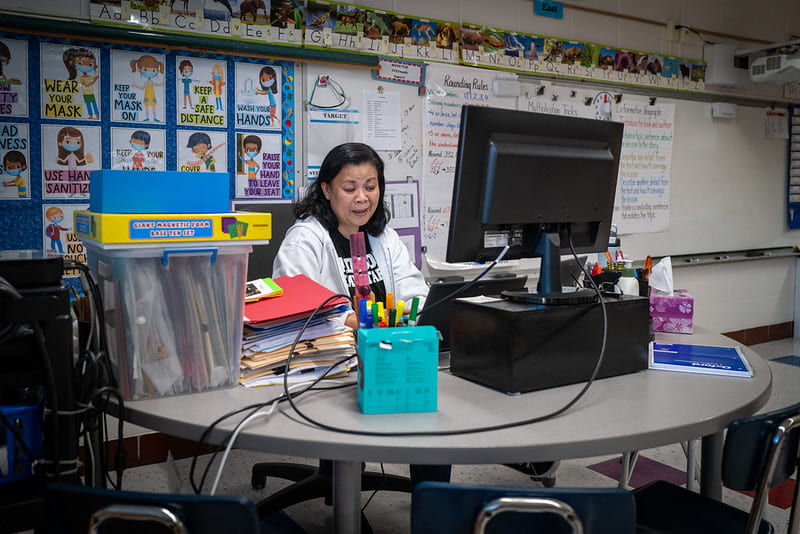
Parents are also discovering problems with the abrupt change in schooling for their children. Some parents have reported noticing how hard it is for their kids to develop a relationship with their teachers, causing inattentiveness and problems with following instructions set by the teacher. The transition has been noticeably harder for parents of children with special needs or learning inhibitions. Without the resources that were provided by in-person schooling, it can be difficult for parents to help their students learn in a completely new environment. Students, especially in elementary school, have a hard time with the technology used for asynchronous learning, requiring parents and guardians to guide their students, sometimes every day. The pressure is added on parents who are now required to balance full- or part-time jobs with sometimes multiple children participating in online school. The students themselves have their own set of grievances with online and asynchronous learning. In the New York Times, students have reported a lack of excitement for school due to remote learning, wishing instead for one or two added days of in-person classes. Others have reported a drop in their grades where A students during in person classes find themselves C students with the online curriculum. The difficulty in distinguishing between homelife and school/work life causes problems with focusing, possibly contributing to these grade drops. However, many students report that Zoom and Google Classroom classes help them feel more productive and return a semblance of normalcy to the asynchronous style.
There is a general consensus that schools must reopen for in person classes, eventually. However, it is difficult to determine when that should be. Many parents and school system administrators have called for schools to reopen for at least part, if not all, of the spring 2021 semester. However, some teachers have protested vehemently against reopening in the past few weeks. Teachers unions have argued that at the very least schools need to prioritize vaccinating teachers and school staff, although this alone would not be enough to safely reopen schools in the unions’ eyes. The current COVID-19 vaccines being administered across the nation are helpful in keeping an individual from getting sick and dying, but it is still unknown as to whether they can prevent the individual from carrying the virus to those not vaccinated. Therefore, teachers could unknowingly carry COVID-19 pathogens home from school. Other precautions must be adopted. On Friday, February 12th, the CDC released an updated set of guidelines for returning kids to in person schooling. This guidance explicitly does not provide affirmation that schools should reopen, rather it reemphasizes the importance of measures like social distancing, masking, proper building ventilation, and contact tracing. The CDC also expresses how proper safety precautions can keep students and staff safe within schools, however they emphasize how dangerous a false sense of security could be in communities where COVID-19 transmission is relatively low.

A report found that with remote learning continuing into 2021, students will be seven months behind in several educational milestones. Within this report, BIPOC students will be even further behind and students from low income families will be behind by more than a year. The Brookings Institute report has called this phenomenon a “COVID slide,” where students in grades three through eight could be drastically behind on the progress they might have made in subjects like math or reading. 20 percent of students in the United States do not have access to the technology like laptops and reliable internet connection necessary for remote learning. A big push against remote learning is due to a concern regarding mental health problems for students. However, less of a focus is on how the pandemic might have exacerbated mental health problems that in-person schooling had been contributing to.
The added access parents have to their students’ education through remote and asynchronous learning has revealed problems within the educational system. Parents and students are learning that the system for education before the COVID-19 pandemic was not as beneficial as originally thought. Remote learning has exacerbated problems with in-person schooling. These problems include the reduced priorities of exercise, play, sleep, outdoor time, and even conversation between students. Many public schools have not evolved to reflect more modern research on education styles for years. The schedule, amount and types of homework, and learning skills prioritized (like memorization) have also not evolved.
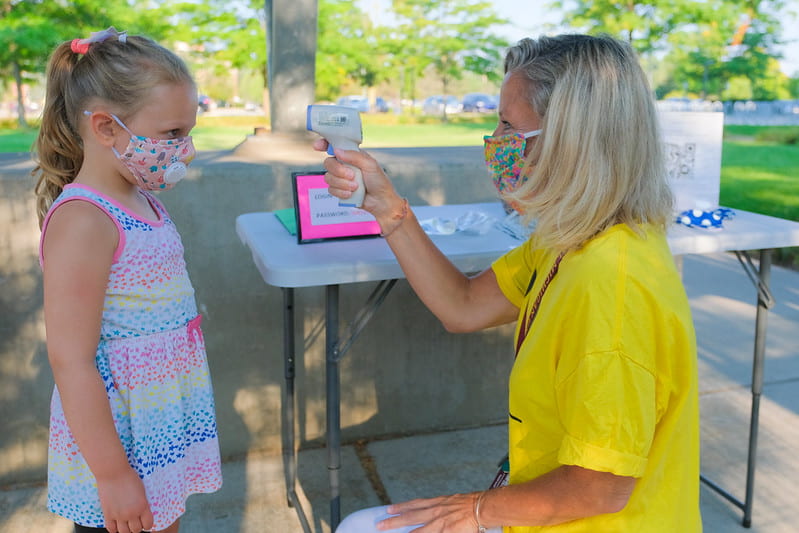
It is hard to determine the right course of action for many school systems. While the long and short term effects of the “COVID slide” should not be ignored, many students have really benefited from a non-traditional school setting and are making significant progress in achieving their learning goals. Some students are reporting feeling less stressed, less overwhelmed by assignments, and happier than they were during in-person schooling. More flexible schedules are allowing teenage students to prioritize sleep and many students have been able to escape bullying that had occurred in school. Other students are suffering mentally, physically, and academically from the changes in learning structures. It is clear that the American education system will need to evolve as the country recovers from the pandemic. COVID-19 has brought to light many problems with the current structure affecting parents, guardians, students, and teachers. It seems to have taken a drastic and unprecedented event like a worldwide pandemic to encourage change in the education sphere.
